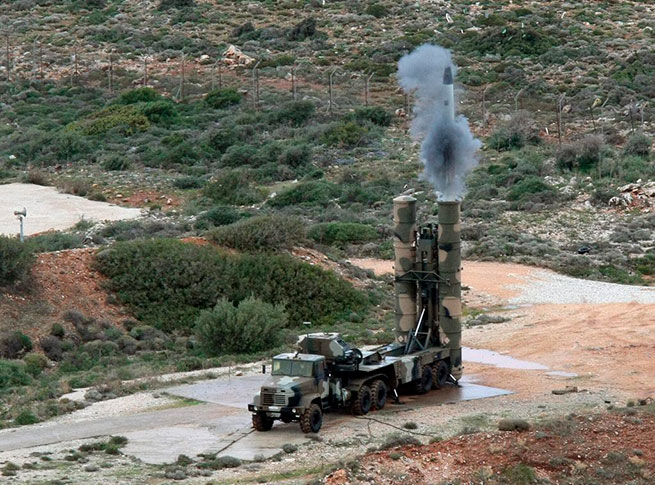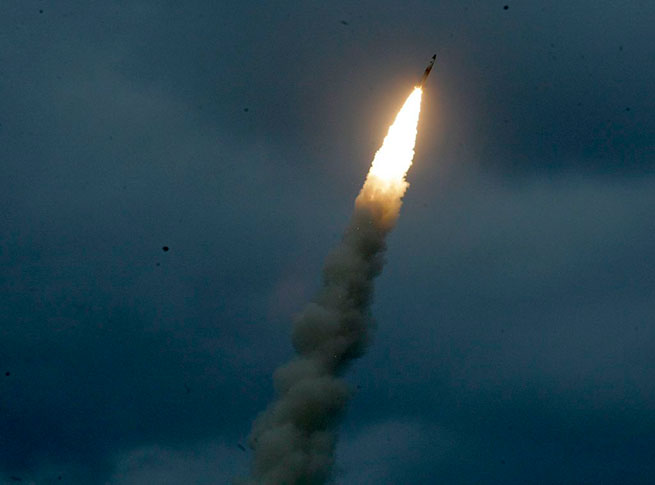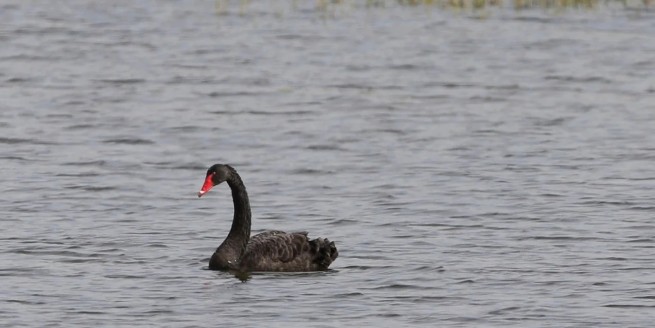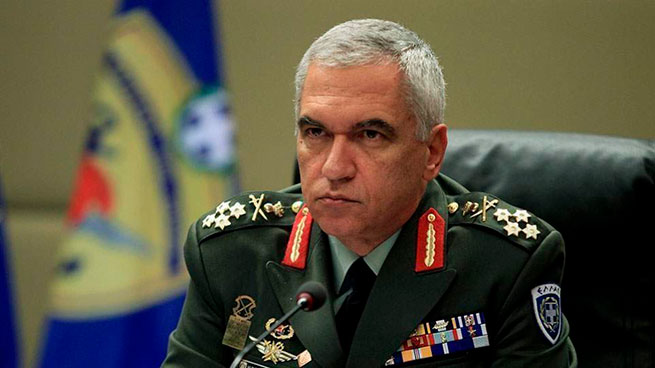General Michalis Kostarakos, who passed away a few days ago, was the only head of the Greek General Staff (GEETHA) who took the risk and launched the S-300 missile from the Cretan test site.
General Michalis Kostarakos, who passed away at a relatively young age, was a brave and resolute military officer who dared to launch an S-300 missile from a position in Crete, in the presence of not only the Americans (who gave him credit), but also the Turkish military the attaché, who, unable to say anything, simply asked to redirect the S-300 from the other … side so that they could not fly over the Aegean Sea, says the editor of tovima Nikos Hasapopoulos.
General Michalis Kostarakos, former Chief of the Hellenic General Staff (GEETHA)
There is an unknown, almost mysterious story* about the S-300s that were bought by Cyprus, but due to the reaction of Turkey at the time (because their range was long and their ability to detect and track multiple targets was also great, which created problems for Turkish defense) and with the “wishes” of the Americans and with the consent of the then Greek and Cypriot governments, they were transferred to Crete.
(* This story was told by Athens News in 2022 in a publication Greece “put” on sanctions and signed a military contract with the Russian Federation. We also recommend publication on this topic Greece wants to upgrade the S-300PMU-1 air defense system into the S-300PMU-2)

The first launch of the S-300 was made from the territory of Greece on Friday, December 13, 2013 from the Cretan military training ground located in Akrotiri, Chania.
This mystery around the (Greek) S-300s, reminiscent of a movie script, is connected both with their transfer from Russia to Cyprus, ((September 2, 1997 – on the Egyptian merchant ship and June 16, 1998 – on the Russian bulk carrier “Natasha-1”)) and with the first shot in front of the surprised Turkish military attache, who had just “met ” S-300 and asked them to send missiles to the back side of Crete without the S-300 “looking” towards the Aegean Sea and Turkey, even from a distance.
The first and last test firing of the S-300 took place in 2013 at a training ground in Crete. Then the military attachés of the NATO member countries, including a Turkish colonel, were invited as observers. The then Chief of the General Staff, General Michalis Kostarakos, who was in charge of the firing, asked Russian experts to confirm that the missiles had not expired before firing began, so that the firing could be carried out safely.
The Russian experts duly tasted the local rakia.
Indeed, two Russian technicians arrived who, according to rumors, before going to test the S-300 and certify the missiles, visited traditional Cretan taverns and properly tasted the local raki.

The first missile from the Greek S-300 complex went to the side from Turkey
No one knows (another mystery) how sober they were when they certified the missiles, but they said “OK” and the shot was fired. The test shot went down in history as the Greek record was set in shooting at an aerial target at a distance of 30 km and at an altitude of 2 km! It was a huge success, so big that it worried the Turks, who asked to move the S-300s to the west of the country and put them out of sight in the Aegean.
But then the Americans intervened, who stated in writing that Greece could install this defense system in any place that it deems suitable for its defense. However, the Turks have since laid eyes on the S-300.
The transfer of the S-300 in March 1999 to the port of Heraklion in Crete is also shrouded in mystery. Even before the arrival of the S-300 in Crete, a clear warning was issued that there was a risk of foreign interference. Then the General Staff of National Defense published a secret (more secret and could not be) plan called “ΔΙΑΣ” (Zeus) for their safe (and not only) arrival at the port. At the same time, there was supposed to be a plan (also top secret) to train personnel in an unprecedented system that is not NATO weapons systems and which the Russians were required to train in a NATO country.
Türkiye reacted sharply to the arrival of the S-300 in Greece. The Turkish Air Force sent its reconnaissance aircraft (Phantom) escorted by fighters (F-16) to violate national airspace and try to photograph the S-300.
The author notes that their transfer from Russia was also carried out under mysterious circumstances. Because these Russian anti-aircraft missile systems did not pass through the Dardanelles, but were loaded onto three cargo ships that went around the Mediterranean (via Gibraltar) so as not to be noticed by the Turks.
This story is still not completely declassified, but most likely sooner or later it will become public.







More Stories
The Minister of Health called the protesters "insignificant people, kafirs"
Gold Switzerland: “We are in the last 5 minutes of our financial system – the collapse of everything is approaching”
Union of Judges: “People’s courts were created against us with the loyal attitude of the government”